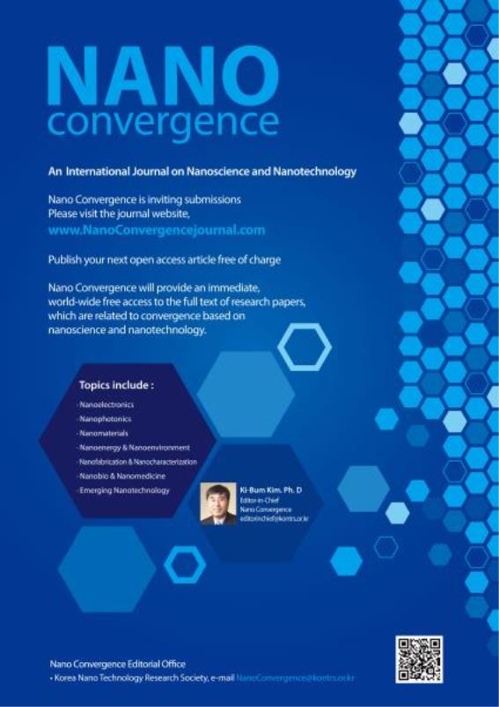Aberrant AI creations: co-creating surrealist body horror using the DALL-E Mini text-to-image generator
IF 13.4
2区 材料科学
Q1 MATERIALS SCIENCE, MULTIDISCIPLINARY
引用次数: 1
Abstract
The emergence in 2022 of surreal and grotesque image sets created using the free online AI text-to-image generator DALL-E Mini (Craiyon) prompts our analysis of their aesthetic content and connections to preexisting media forms and trends in digital culture. DALL-E Mini uses an unfiltered database of images from the internet to create new images based on a user’s text prompt, often resulting in misshapen bodies and impossible scenarios. Despite its technological limitations, DALL-E Mini’s popularity as a meme-making tool is visible on social media platforms, where crowd-sourced images are shared and experimentation with the tool is encouraged. Through comparison with existing artistic practices and formats (creative automata, surrealism, body horror, celebrity memes), we argue that DALL-E Mini creations can be understood as human-AI co-creations and forms of aesthetic mimicry. Building on the ideas of surrealists such as André Breton, we propose that DALL-E Mini’s images, prompts and the grid interface adhere to surrealism’s historical interests in the unconscious, the uncanny, and the collaborative ‘exquisite corpse’ parlour game. We also consider DALL-E Mini’s relevance to the category of ‘AI Arts’, Patricia De Vries’s call for more research that relates algorithms to the broader artistic and cultural contexts in which they are embedded (2020), and the ‘authoring’ of celebrity bodies as data (Kanai, 2016). Our theorisation of DALL-E Mini is supported by examples drawn from social media and personal experiments with the generator. Overall, we propose that internet users’ experimentation with DALL-E Mini corresponds with a cultural moment in which AI imaging technologies are eliciting excitement and anxiety. The outputs are revealed to be reliant on users’ pop cultural knowledge, with DALL-E Mini allowing for a playful, co-creative algorithmic practice, wherein contemporary anxieties about digital labour, (post)digital culture, biopolitics, and global issues are redirected into surreal visual storyworlds.异常的AI创造:使用DALL-E Mini文本到图像生成器共同创造超现实主义的身体恐怖
2022年,使用免费的在线人工智能文本到图像生成器DALL-E Mini (Craiyon)创建的超现实和怪诞图像集的出现促使我们分析它们的美学内容以及与现有媒体形式和数字文化趋势的联系。DALL-E Mini使用未经过滤的互联网图像数据库,根据用户的文本提示创建新图像,通常会导致畸形的身体和不可能的场景。尽管存在技术上的限制,但DALL-E Mini作为表情包制作工具的受欢迎程度在社交媒体平台上是显而易见的,在这些平台上,人们分享了众包图片,并鼓励使用该工具进行实验。通过与现有的艺术实践和形式(创作自动机、超现实主义、身体恐怖、名人模因)的比较,我们认为DALL-E Mini创作可以理解为人类与人工智能的共同创作和审美模仿的形式。基于andr Breton等超现实主义者的想法,我们建议DALL-E Mini的图像、提示和网格界面坚持超现实主义在无意识、神秘和协作“精致尸体”室内游戏中的历史兴趣。我们还考虑了DALL-E Mini与“人工智能艺术”类别的相关性,Patricia De Vries呼吁进行更多研究,将算法与其所嵌入的更广泛的艺术和文化背景联系起来(2020年),以及名人身体作为数据的“创作”(Kanai, 2016年)。我们对DALL-E Mini的理论支持来自社交媒体和发电机个人实验的例子。总的来说,我们认为互联网用户对DALL-E Mini的尝试与人工智能成像技术引发兴奋和焦虑的文化时刻相对应。输出结果依赖于用户的流行文化知识,DALL-E Mini允许一种有趣的、共同创造的算法实践,其中对数字劳动、(后)数字文化、生物政治和全球问题的当代焦虑被重新引导到超现实的视觉故事世界中。
本文章由计算机程序翻译,如有差异,请以英文原文为准。
求助全文
约1分钟内获得全文
求助全文
来源期刊

Nano Convergence
Engineering-General Engineering
CiteScore
15.90
自引率
2.60%
发文量
50
审稿时长
13 weeks
期刊介绍:
Nano Convergence is an internationally recognized, peer-reviewed, and interdisciplinary journal designed to foster effective communication among scientists spanning diverse research areas closely aligned with nanoscience and nanotechnology. Dedicated to encouraging the convergence of technologies across the nano- to microscopic scale, the journal aims to unveil novel scientific domains and cultivate fresh research prospects.
Operating on a single-blind peer-review system, Nano Convergence ensures transparency in the review process, with reviewers cognizant of authors' names and affiliations while maintaining anonymity in the feedback provided to authors.
 求助内容:
求助内容: 应助结果提醒方式:
应助结果提醒方式:


